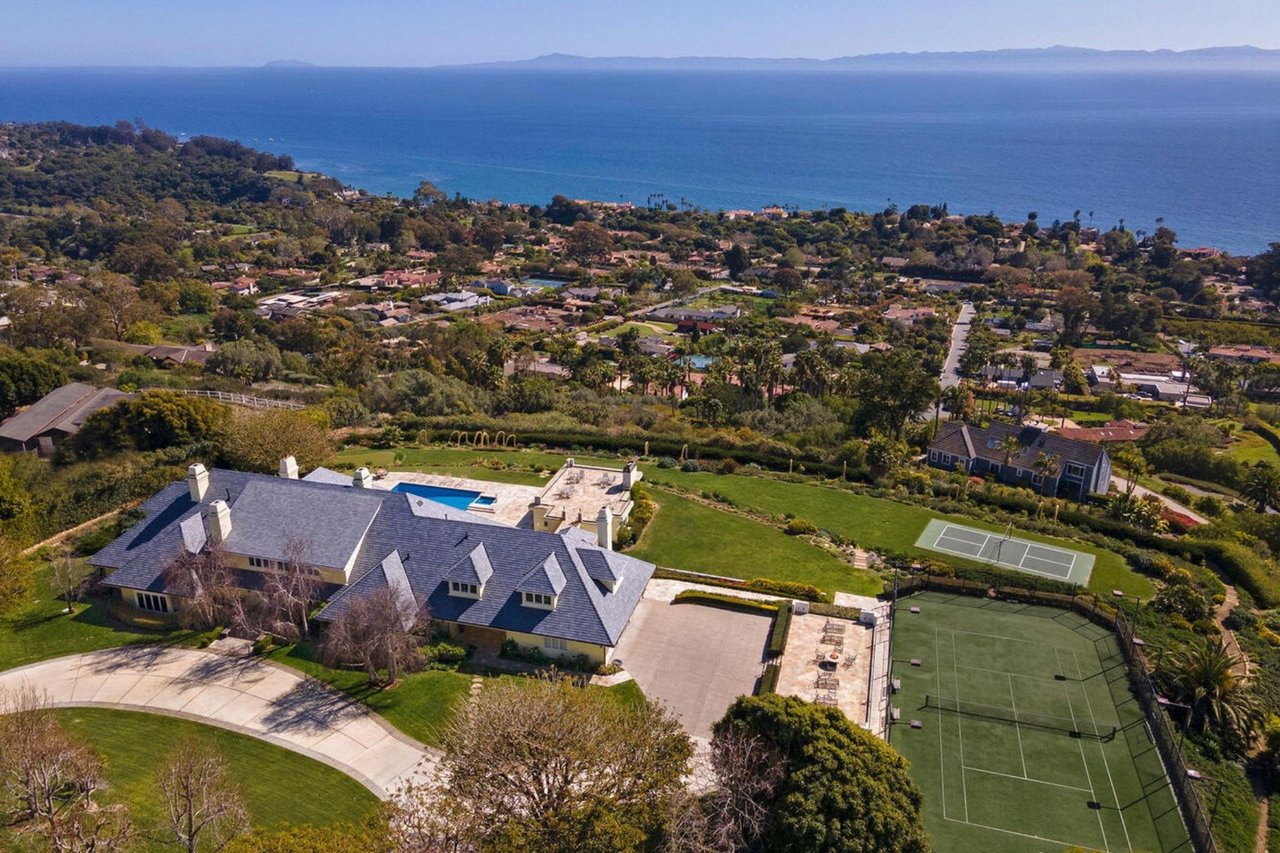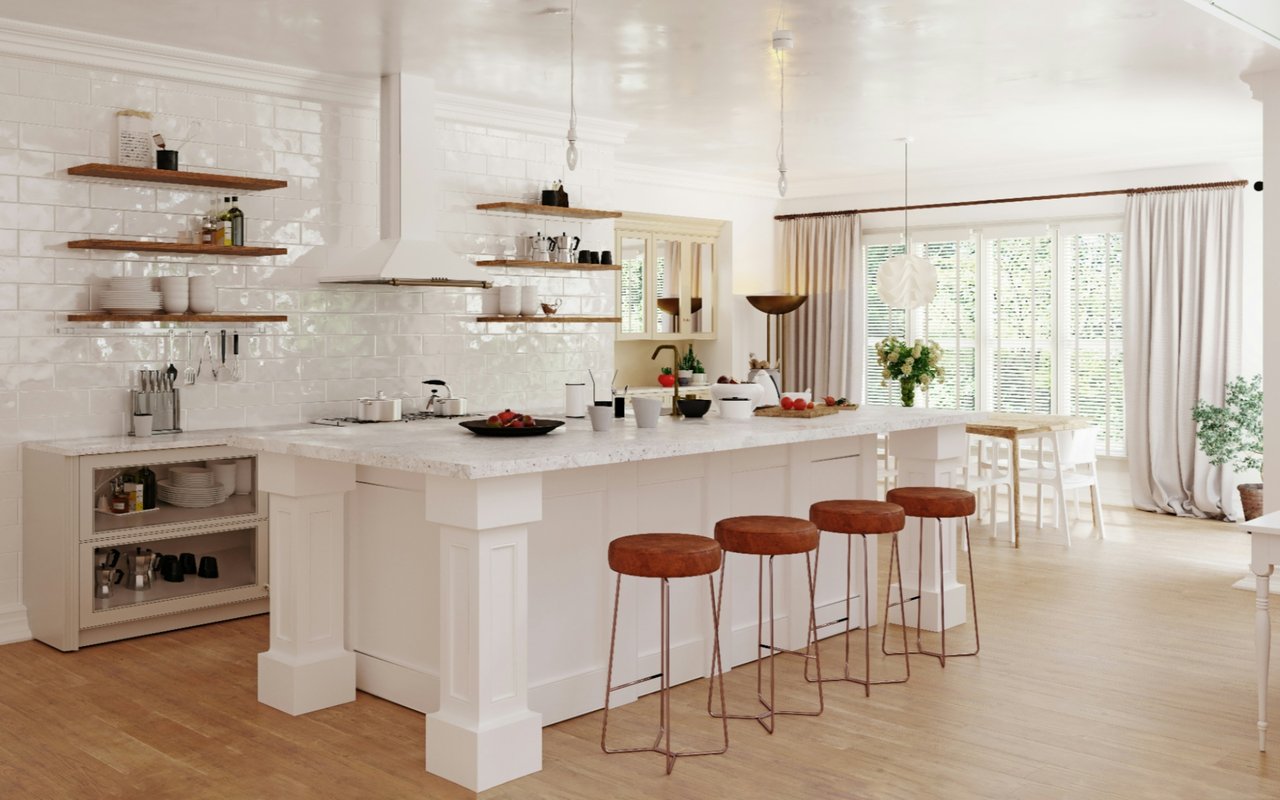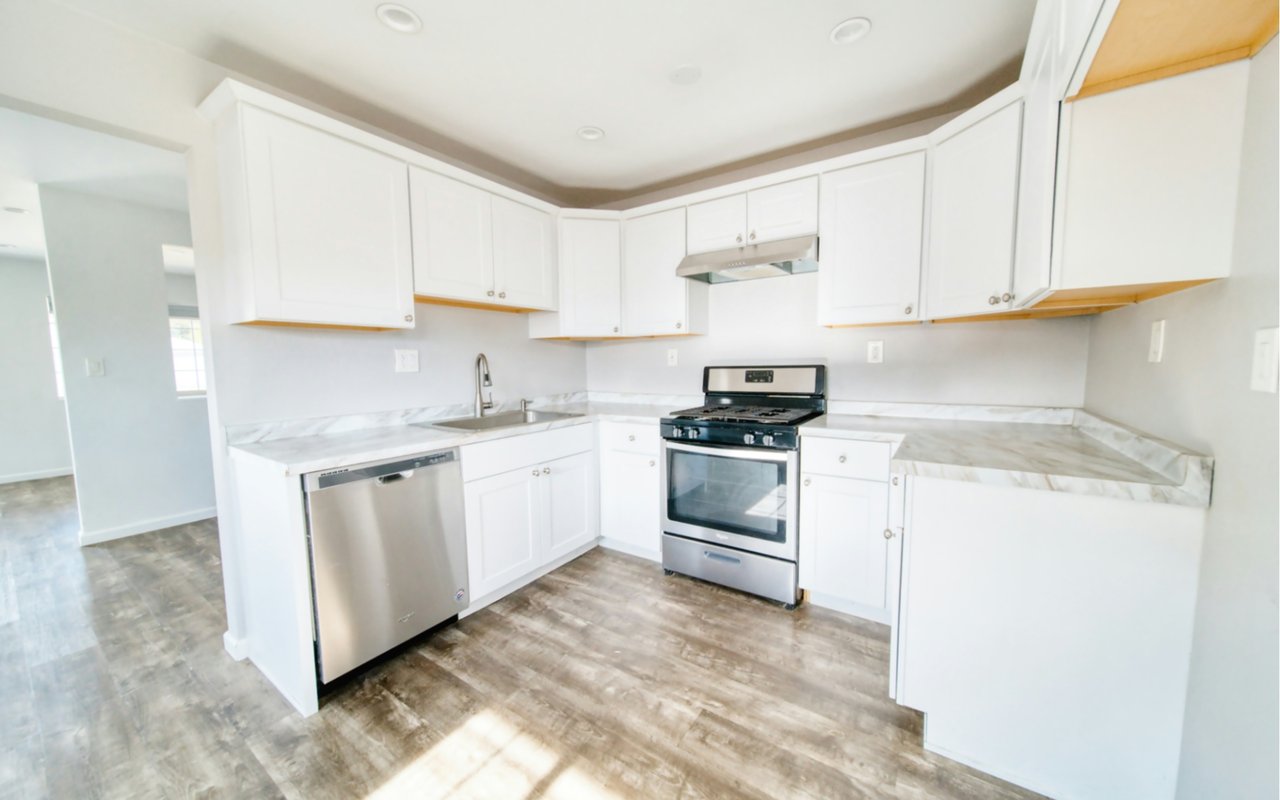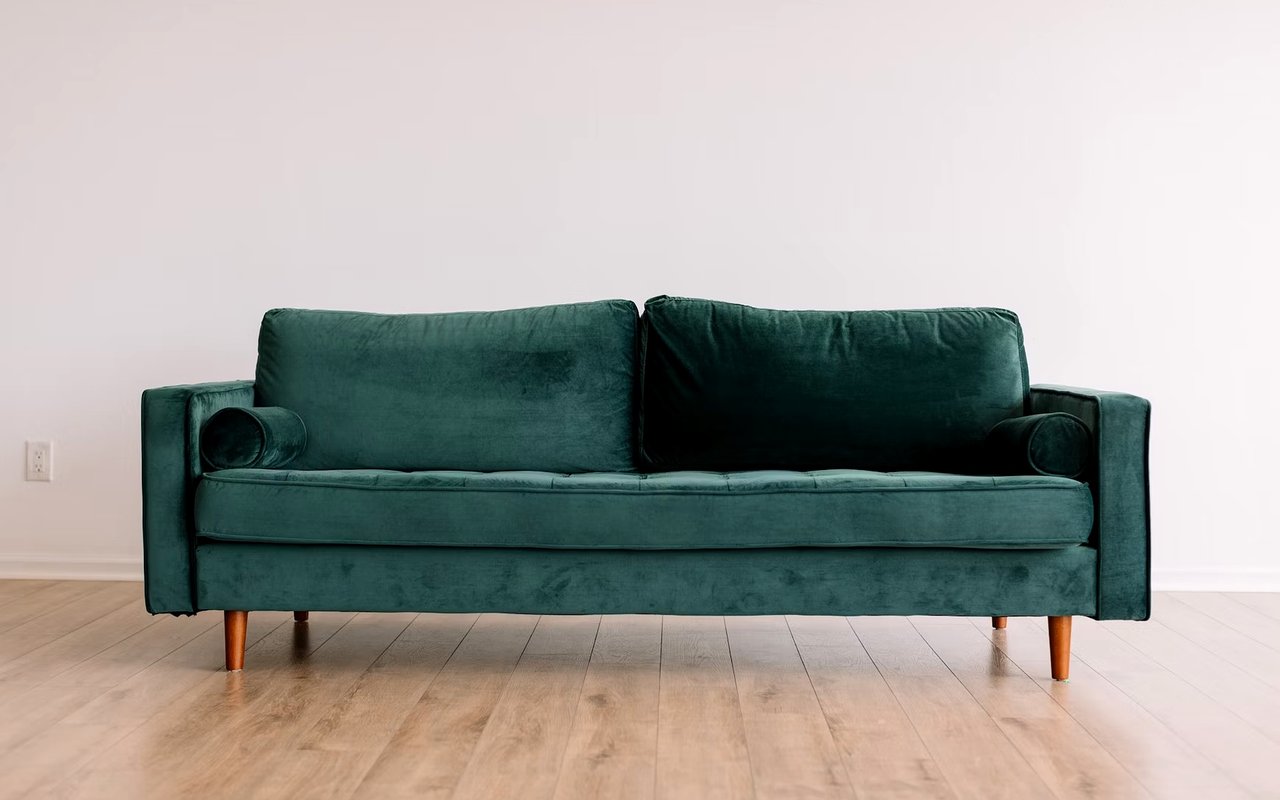Of course, identifying a home is merely one element in the homebuying process. Equal parts are rewarding and challenging, claiming your piece of Santa Barbara real estate is no small task. From first-time buyers to seasoned homeowners to those seeking investment opportunities, each transaction is unique.
There are, however, a few common steps and things to know to ensure your home acquisition is a resounding success. Luckily, we’ve compiled the top tips when buying a Santa Barbara home. Read on to find out!
Perform a Financial Wellness Check
Palatial estates fetch from $20 million to $50 million-plus. Hillside mansions that frame majestic ocean views are more modestly priced in the $10 million to $15 million range. If those prices seem a bit daunting, don’t worry: there's also plenty of affordable luxury homes. The median list price hovers just below the $2 million mark, and the median sales price sits around $3.5 million.
Regardless of your price range, the first step to buying a Santa Barbara home is ensuring you can comfortably afford it. Follow the below steps to perform a thorough financial check:
Verify Your Credit
Start by verifying your credit’s worthiness. You want a score high enough that lenders won't think twice about approving you for a loan. Beyond the approval, the higher your score, the more favorable terms you're likely to receive on your mortgage. A higher score results in considerable savings over the life of your loan. If your credit is lacking, it's worth the potential savings to step back and take the time to repair or build it back up.
Determine the Down Payment
After your credit score, take stock of your financial resources and figure out precisely how much of a down payment you can or are willing to put on a new home. A 20% down payment is no longer the absolute it once was. Several loan programs require less than 12%. That said, for most traditional loans, if you can't reach that 20% threshold, prepare to pay PMI or private mortgage insurance during the early years of your loan.
Have Extra in Reserve
Ensure you have a cash cushion beyond any direct home-buying costs. A standard error among first-time buyers is not having extra savings on hand for the unexpected; experienced buyers overlook this as well. Even in Santa Barbara's high-end market, emergencies can occur, or improvements and repairs may be necessary on your new home.
Determine a Budget

Split your home buying budget into two parts - costs before and during your purchase and the expenses that come after you close.
For costs before and during your home purchase, include:
-
-
-
Down payment
-
Appraisal fees
-
Inspection fees
-
Closing costs
-
Moving expenses
-
-
Once your property closes, the actual financial obligations become clearer. Again, your specific situation might vary, but standard homeownership costs include:
-
-
-
Mortgage payment
-
Insurance
-
Property taxes
-
PMI (if applicable)
-
HOA dues (if applicable)
-
Utilities: electricity or gas, water, sewer, and trash
-
Internet or cable
-
Home maintenance: landscaping, pest control, HVAC
-
-
Finally, creating your budget is an excellent time to lay out what you want and need from your Santa Barbara home. You don't have to declare any absolutes, but more of an outline of your ideal home. Identifying items like the number of bedrooms, square footage, amenities, and neighborhoods you're interested in will not only inform your budget but help jump-start your home search.
Engage a Real Estate Agent & Acquire a Loan
A standout agent also proves invaluable when the time comes to make an offer. From the inspection to negotiation through to the closing, top agents are experts at securing the home you want at a price you're satisfied with.
When seeking out an agent, ask people you trust for referrals. Gravitate to those who specialize in the neighborhoods you want to buy or the type of home you plan to purchase (for example, certain real estate agents focus on estate transactions or specific communities, while others have a deep understanding of the condo or townhome market).
Don't hesitate to inquire about an agent's real estate philosophy or approach to Santa Barbara's unique market dynamics. Above all else, partner with an agent with whom you can communicate. The more open and honest the relationship with your real estate agent, the more productive your home search will be.

Different lenders offer different programs, and the rates, terms, and fees will all vary from lender to lender. Take time to engage with several mortgage groups before moving forward.
Types of Home Loans
More importantly, understand the various mortgage loans that are available to you. Conventional loans are the most common form of loan offered by non-governmental financial institutions - banks and savings and loans among them.
Other loan options include FHA loans which are less rigid than conventional loans and backed by the Federal Housing Administration. Another federally backed loan is the VA loan, reserved for veterans with at least two or more years of military service.
Fixed-rate mortgages feature a steady interest rate over the life of your home loan, while an adjustable-rate mortgage has rates that rise and fall based on market variance. Jumbo loans are conventional loans designed for borrowers purchasing in high-cost areas. For 2021, loan limits are $548,250 up to $822,375.
Pre-approval
A loan pre-approval allows you to make offers on a home fully backed by your lender. In a competitive market, sellers prefer entertaining offers from those with pre-approval letters. It indicates the buyer has taken the necessary steps to secure a loan and is ready to purchase. You may also opt for prequalification, but this only gets the process started on a potential loan and carries less weight with sellers.
One word of caution on your lender approval: just because you're approved for a specific amount doesn't mean you have to purchase a home at that number. Stick to your budget even if a lender okays a final number that is considerably higher.
The Buying Process
Find a Home
The good news is there's plenty of choice in Santa Barbara and other diverse, upscale neighborhoods nearby to focus your search. As your search evolves, so too will your criteria for the home.
Don't expect to find every last thing you want from your new home. It's important to keep your core desires top of mind when searching. You should also be willing to compromise on minor, less essential features if it's keeping you from committing to an otherwise ideal property.
Make an Offer and Close the Home
Once you find that perfect home, make an offer. Competitive markets demand competitive bids. Especially in a seller's market where multiple offers are the norm, come with your best proposal first.
Should the seller accept or counter your offer, this kickstarts the closing process. It includes negotiations, your buyer inspection, the sorting out of any final contingencies or add-ons such as warranties, repairs, or deferred repairs for a discount.
Once all parties are satisfied with the deal, the paperwork is signed, the title is transferred, deeds are delivered, the transaction recorded, and the home is yours.





